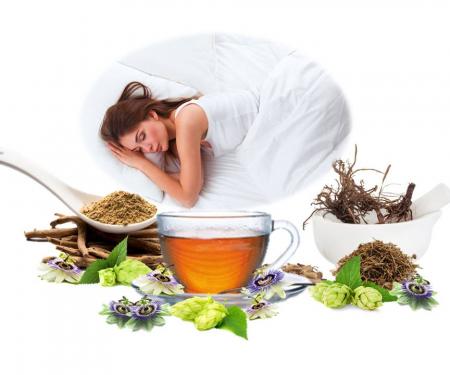July 13, 2022
About 30% of Americans experience insomnia, and 10% claims it also triggers negative effects during the day. This is an indication that a third of the U.S. population suffers from insomnia symptoms, which negatively impacts their health in several ways.
Very often simple popular herbal remedies such as valerian, passionflower, skullcap, or Zizyphus seed (suan zao ren) are used for insomnia and are often effective. But when these herbs do not work, many turn to over-the-counter or doctor-prescribed sleeping pills, which can cause serious problems. But before taking pills, you might first try nutmeg.
Nutmeg (Myristica fragrans), a common kitchen spice with a warming, spicy energy, is used to add flavor to desserts and hot drinks. Called jaiphala in Ayurveda and rou dou kou in TCM, nutmeg is a well-known remedy for diarrhea in both these herbal systems, but lesser known is its usefulness in cases of insomnia. In fact, it is one of the best treatment for insomnia I’ve ever seen. Nutmeg is one of our most powerful herbal sedatives. It possesses potent medicinal properties that can help calm the nerve and release serotonin which induces sleep. In Pakistan, nutmeg is combined with poppy seeds for insomnia. The poppy is well known for its sedative properties, and Western herbalists have recently taken to using California poppy which has mild sedative effects for insomnia. Nutmeg is especially useful for people who tend to awaken too early or in the middle of the night and struggle to fall back to sleep. Using nutmeg for insomnia can help to reset sleep patterns. However, there are usually other underlying reasons for the insomnia that also need to be addressed. A pinch of freshly grated nutmeg powder in a glass of warm milk before bedtime is a common natural remedy recommended to help treat insomnia and promote better sleep.




